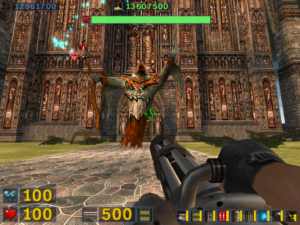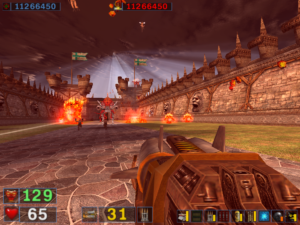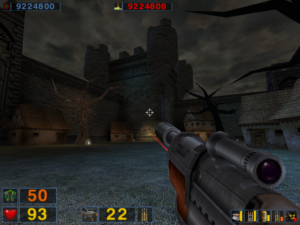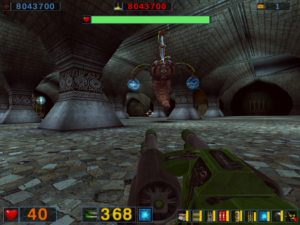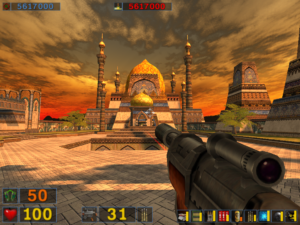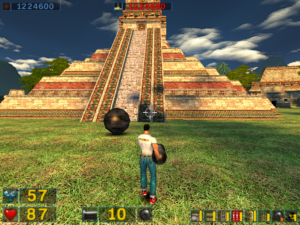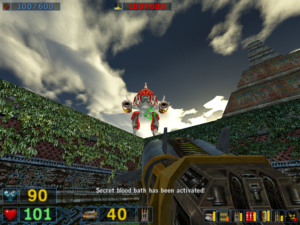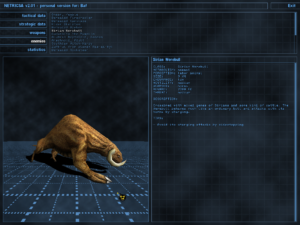Iron Storm: Leaving Weapons Behind
In level four, Iron Storm takes you inside a secret underground weapons research complex, a place of white corridors, automated security systems, and men in lab coats speaking German. It’s a little bit Wolfenstein here, but even more Half-Life, albeit kind of in reverse. Remember how in Half-Life at a certain point soldiers arrive to kill everything in the facility, scientists included? That’s kind of what happens here, except you’re the soldier mercilessly slaughtering the scientists. Slaughtering scientists isn’t your mission, exactly — your mission is to blow up the entire facility — but you do it because if you don’t kill them, they can raise the alarm and get actual soldiers involved. And facing soldiers is a bad idea, at least at first, because at the beginning of the level you’re captured and forced to relinquish your weapons.
You also have to get rid of weapons at the end of level 2, when you sneak onto a POW transport and one of your confederates advises you that “the weapons on your back are too obvious” — and sure enough, when I zoomed out to 3rd-person mode to check, I’m visibly carrying a small arsenal back there. I wondered about this at first: If I’m on a prisoner transport, and I’m unarmed, how am I better off than any of the other prisoners? What’s the point of sending me on a secret mission to just throw myself helplessly into the arms of the enemy? But in fact the qualifier “on your back” was important there; I could keep a few less-conspicuous items, like the knife (sabre? machete?) that I had previously mainly used for slashing boxes open to get health pick-ups.
Level 4 doesn’t even let you keep the knife, although you can find a new one before long. However, that is the only weapon you have for most of the level, which means it’s mainly a stealth mission. I suppose it’s theoretically possible to let an alarm go off, kill one of the resulting soldiers, and take his gun, but as they respond to alarms in pairs, it would take an extremely skilled berserker swordsman. Much better to wait until you find an isolated soldier who isn’t aware of your presence.
It’s not at all uncommon for a FPS to take all your weapons away once in a while, as a way of extending gameplay by resetting your collection progress. Daikatana took your weapons away so it could give you a different set. Serious Sam took your weapons away so it could give the same ones back in a different order. But there’s one thing that Iron Storm does that I don’t think I’ve seen anywhere else: It makes you discard your weapons yourself. Dropping weapons has been a part of the game’s mechanics from the beginning, motivated by opportunities to replace them with better weapons, or at least other weapons — you have one “heavy weapon” slot, which can hold either an assault rifle or a rocket launcher, either of which can be situationally superior. But in the end of level 2 and the beginning of level 4, you’re forced to manually drop weapons without replacement. It comes off as a gesture of submission. Like a child sent out to cut the switch that will be used to spank him, you’re not just being disempowered, you’re being required to actively participate in your own disempowerment — a sadistic touch surely designed to make you hate your captors even more.
 Comments(0)
Comments(0)